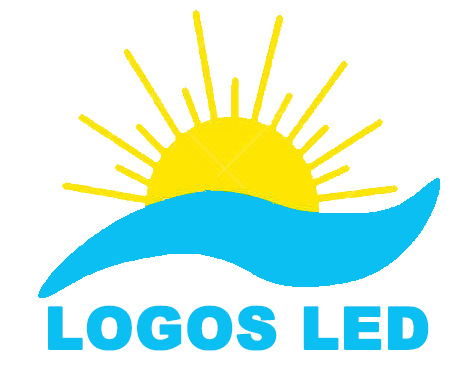Plastic Materials: What’s the Difference Between PC, PMMA, and PS?
Plastic Materials: What’s the Difference Between PC, PMMA, and PS?
There are various kinds of plastic materials, and some are widely used for LED lighting fixtures, such as PC, PMMA, PS, etc. But do you know what’s the difference between them? Let’s have a look here.
1. PC(Polycarbonate)
PC, scientific name polycarbonate, this material has a slightly lower light transmittance than PMMA, the penetration rate is about 89% at 3MM thickness, but it is higher temperature resistant than PMMA, the heat distortion temperature is 135 degrees centigrade, and it is resistant to yellowing, so outdoor lamps are often using PC lens, and when it is used as anti-glare microstructure board, PC material should also be selected if high strength and yellowing are required.
2. PMMA(Polymethyl methacrylate, acrylic)
PMMA, scientific name polymethyl methacrylate, this material has a relatively high light transmittance, the penetration rate is about 93% at a thickness of 3MM, but it cannot withstand high temperatures, the temperature should not exceed 80 degrees centigrade, and it will be thermally deformed at 92 degrees centigrade, and then in addition, with the increase of use time and ultraviolet radiation, it will produce yellowing and reduce the transmittance. Therefore, PMMA lenses are usually used indoors, and their high transmission characteristics make the light guide plates of LED panel lights usually also used PMMA.
3. PS(Polystyrene)
PS, scientific name polystyrene, this material has the lowest light transmittance, the penetration rate is about 85% at 3MM thickness, the heat distortion temperature is 70 ~ 100 ° C, the long-term use temperature is 60 ~ 80 ° C, with the increase of use time and ultraviolet radiation, it will produce yellowing, reduce the transmittance, and the material is brittle, but because of its excellent economy, it is often half the price of the PC under the same area, so it is widely used in the cost-effective LED panel lights.
The most popular plastic plates on the market are PC, PMMA, and PS at the moment. These types of materials are very similar. In the same color, it is impossible to identify which kind of them. If the consumers do not know some knowledge of the product, there will bring opportunities for sellers to deceive, and it will make the seller profitable. Assuming that these types of boards are all transparent and colorless at present, consumers can only recognize that they are colorless and transparent, but they cannot recognize which are acrylic(PMMA) and which are PC boards. It is because of this that some unscrupulous businessmen will cheat some customers, use PS boards to act as acrylic(PMMA), and use acrylic to act as PC boards!
Here are some simple identification methods:
PC:
The recognition method of the PC board is: high transparency, good impact resistance, generally not burning when burned with fire, flame retardant, and some black thick smoke will be emitted.
PMMA(acrylic):
There are extrusion PMMA board and casting PMMA board, the recognition of the extrusion board is that the transparency is good, the flame is clear when burning, no smoke, there are bubbles, and the filament can be pulled out when extinguishing. The identification of the casting board is: the transparency is higher, when burning with fire, there is no smoke, there are bubbles, squeaking noise, and there is no filament when extinguishing the fire.
PS board:
The identification method is: general transparency, there will be pitting when reflecting light. Relatively brittle and easily broken. If hit on the ground, there will be a clicking sound. When burning with fire, a lot of black smoke will be generated.
The above examples are descriptions of transparent and colorless plates. The properties of these three materials are different in processing and application. And their cost is also different.
If you have any questions about the materials and LED lighting products, welcome to contact us directly.

